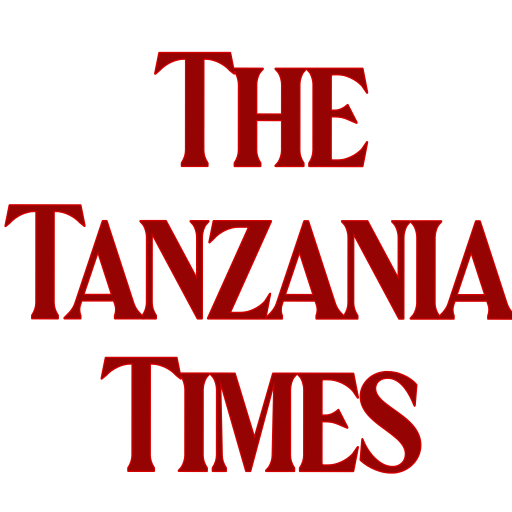
‘Daughters of Maa’ in Traditional Dance
Some years ago, Kenyan author, the late, Henry Ole Kulet recorded great success with his series of novellas, depicting life in traditional Maasai settings, in contrast with the ‘modern’ lifestyle influenced by western culture.
Among the writer’s famed works was his maiden book, ‘Is it Possible?’ featuring a young Maasai boy Lorienka who was caught between maintaining his traditional cattle grazing existence in order to please his father while yearning to attend school an experience what the white man’s education had to offer.
Lorienka discovered that there was great risk and challenge upon deciding to balance a spear in one hand and a pen in another. While a pen may be mightier than the sword in the city, back home in the Lion infested Savannah, a spear still comes in handy.
While Lorienka eventually managed to balance the two worlds with some success, his counterpart, Leshao, a character in the follow up Henry Ole Kulet’s book, ‘To become a Man,’ wasn’t that lucky.
Leshao, a Maasai Moran, unfortunately lost his pride, honour and both legs, while trying to ‘become a man’ through synchronizing his life to fit in the two different worlds.
Fast forward many years later, with the emergence of the internet, advanced digital communication gadgets and improved infrastructure, life is still the same in the Maasai communities spanning Northern Tanzania onto Southern Kenya.
But young people are now allowed to attend schools to attain modern education, while also being able to surf the world via digital gadgets right from their villages.
Like Lerionka the development has cured most of the Maasai youth out of their cultural induced agoraphobia enabling many of them to now leave their homelands venturing into distant urban precincts and as far as abroad where they fully adopt western lifestyles.
A number of them only return to their home villages once a year, precisely during end of the year seasons for holidays, using the occasion to take a series of phone selfies against rural backgrounds and posting the images on social media platforms to attract ‘comments’ and ‘likes.’
After receiving modern education elsewhere, there are a few Maasai youth that still manage to return back home to lead a traditional lifestyle alongside fellow community members.
Among them is Shutuk Kitamwas Ole Mokotio, the Ward Councilor for Ailailai in the Remote Ngorongoro Division of Ngorongoro District in the Arusha Region.

Roast meat is central component in any Maasai Traditional Festive
Shutuk Ole Mokotio recently underwent a special traditional initiation which qualifies the Councilor to be included into the traditional Maasai elders’ council. The ceremony to that effect, held in his home village, attracted thousands of people at Alailelai Ward.
He graduates from being a ‘Moran’ in the Ilkorianga youthful age-set to become an Elmereshe elder within the Ilmoruak discipline (whatever that means).
“This is a special Maasai Traditional Political Age-set system,” explained Edward Maura, who Chairs the Ngorongoro Pastoralist Council, adding that it was yet another proof that Maasai Young Men can get educated and still return to lead a traditional lifestyle.
And Shutuk is not the only one. Ngorongoro Conservation Area (NCA), a protected precinct which allows the nomadic pastoralists communities to co-exist with wildlife, has many educated young people that prefer the traditional ways of living.
Some, like Shutuk, even do it very well, to an extent of being anointed to join the elders’ club, which essentially is the top decision making body in the Maasai community.
“I am overwhelmed by this privilege,” stated Shutuk Kitamwas. “It is a great honor for the elders to recognize and accept me into their prestigious and highly respected highest decision-making circle,” he added.

The Maasai Political Age-set System’s initiation ceremony was also attended by the Ngorongoro Conservation Area’s Commissioner of Conservation, Dr Freddy Manongi, who expressed appreciation that the cultural rite also recognized outstanding young men.
“Shutuk Kitamwas is still young by any standards, but the fact that elders saw it fit to grant him position into their upper decision-making echelon, reveals the strict cultural discipline that the Maasai communities practice and how they recognize and award all their members who show great conduct regardless of their ages,” stated Dr Manongi.
Home to the legendary wildlife filled Crater, Laetoli Hominid site and Olduvai-Gorge, the Ngorongoro Conservation Area, established in 1959 is the only precinct which has humans and wild animals co-existing in harmony.


